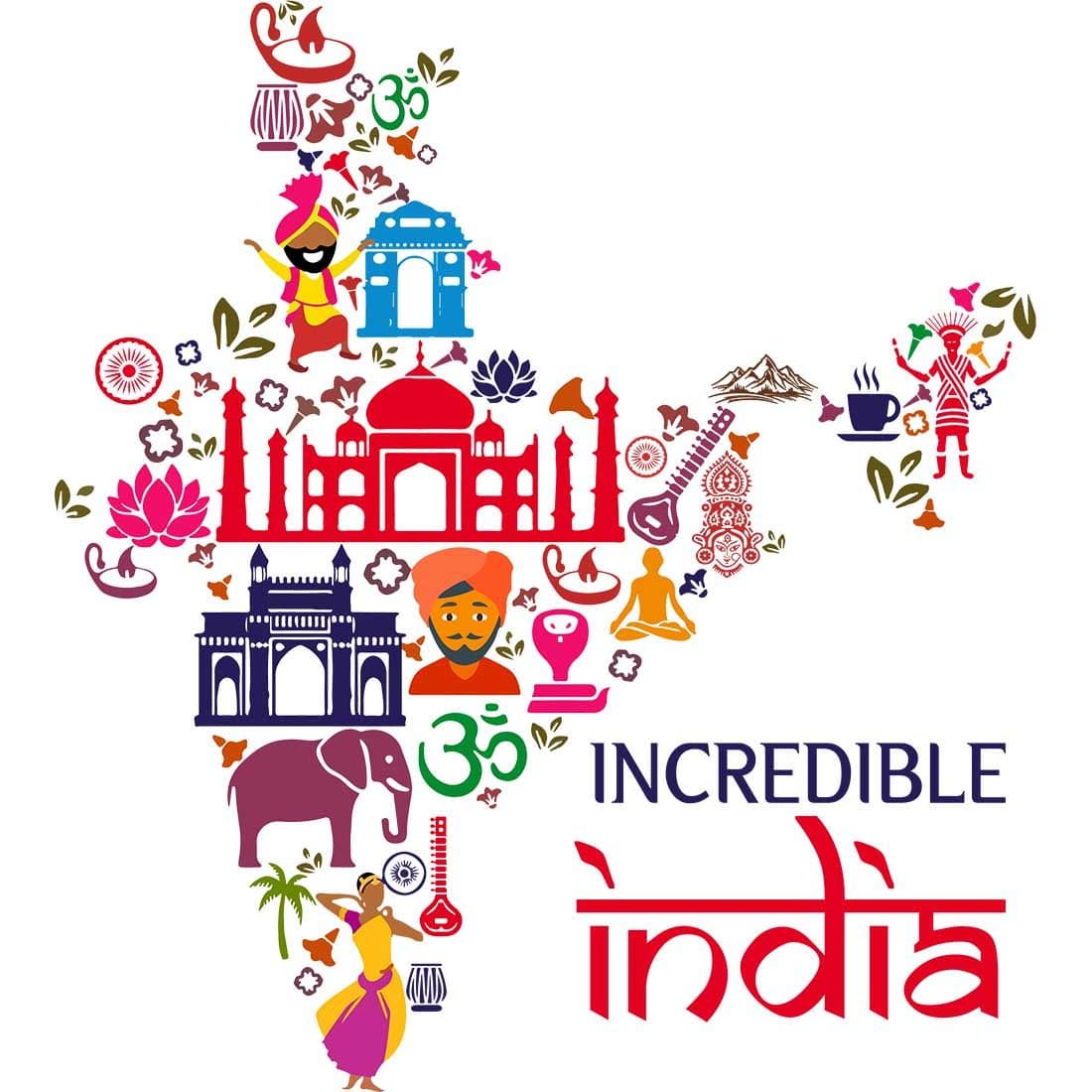India's Famous Temple


India is home to some of the world’s most revered temples, where spirituality meets stunning architecture and centuries of tradition. From grand stone-carved shrines to vibrant pilgrimage centers, these temples reflect the country’s deep-rooted faith and cultural heritage. Visiting them offers not only a divine experience but also a journey through India’s rich history and timeless devotion.
Wiki Link: India’s Famous Temple

Kashi Vishwanath Temple
The Eternal Abode of Lord Shiva
Era: 18th century (rebuilt in 1780)
Patron: Originally built by Raja Man Singh; rebuilt by Ahilyabai Holkar
Location: Uttar Pradesh, Varanasi
On the banks of the sacred Ganges, is one of the holiest shrines dedicated to Lord Shiva. It is part of the twelve Jyotirlingas, making it a core pilgrimage site for Hindus.
The golden spire of the temple adds to its grandeur and spiritual aura. Devotees believe that a visit here leads to moksha, liberation from the cycle of birth and death. With its ancient rituals and spiritual charm, the temple reflects Varanasi’s timeless essence.
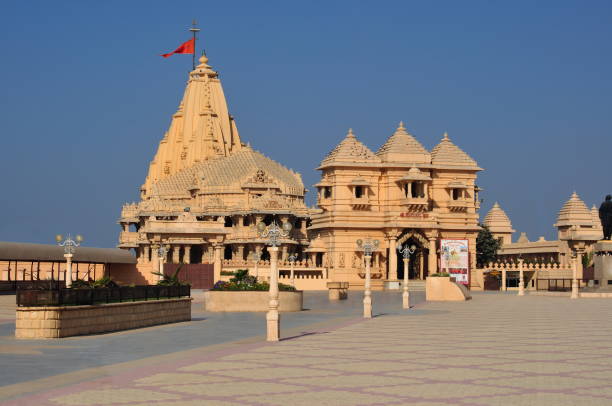
Somnath Temple
The First Jyotirlinga of Shiva
Era: Originally ancient, last reconstruction in 1951
Patron: Initially built by Moon God (mythologically), later restored by multiple dynasties; rebuilt under Sardar
Location: Gujarat, Prabhas Patan (near Veraval)
Believed to be the first among the 12 Jyotirlingas of Lord Shiva. It has faced repeated invasions and reconstructions, symbolizing resilience and faith. The temple’s architecture is Chalukyan style, with intricate carvings and a majestic sea-facing location.
Pilgrims are drawn to its spiritual depth, while travelers admire its historical and cultural legacy. Standing tall on Gujarat’s coast, Somnath is a blend of devotion, history, and architectural brilliance.
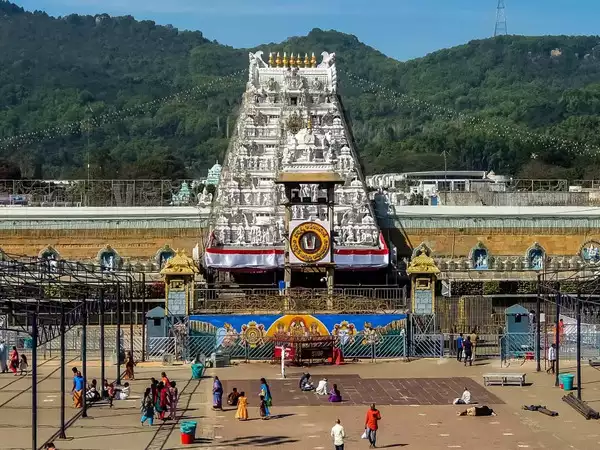
Tirupati Balaji Temple
The Wealthiest Temple of India
Era: 9th–10th century CE onward
Patron: Pallava and Chola kings; later developed by Vijayanagara rulers
Location: Andhra Pradesh, Tirumala (Tirupati)
Dedicated to Lord Venkateswara, an incarnation of Vishnu, Tirupati Balaji is among the most visited religious places worldwide. The temple is known for its grandeur, long queues of devotees, and the practice of donating hair as an offering.
It receives enormous donations, making it the wealthiest temple in India. Rituals here are performed with unmatched devotion, creating a divine aura. Both spiritually uplifting and culturally rich, it epitomizes South Indian temple traditions.
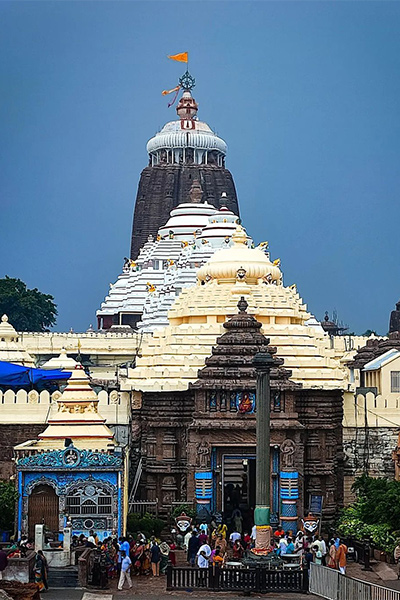
Jagannath Temple
The Sacred Seat of Rath Yatra
Era: 12th century CE
Patron: King Anantavarman Chodaganga Deva of the Eastern Ganga dynasty
Location: Odisha, Puri
The Jagannath Temple in Puri is one of the Char Dham pilgrimage sites. Dedicated to Lord Jagannath (a form of Krishna), it is famous for the annual Rath Yatra, where massive chariots carry the deities through the city streets. The temple’s towering structure dominates Puri’s skyline, symbolizing devotion and grandeur.
Known for its unique rituals and Mahaprasad, it is both a spiritual and cultural treasure. The temple attracts millions of devotees year-round.

Kedarnath Temple
The Himalayan Jyotirlinga of Shiva
Era: Believed to be from the 8th century CE (rebuilt)
Patron: Traditionally attributed to Pandavas; rebuilt by Adi Shankaracharya
Location: Uttarakhand, Kedarnath
Situated in the snow-clad Himalayas, Kedarnath Temple is one of the most revered Shiva shrines and a Jyotirlinga. The stone structure, standing at an altitude of 3,583 meters, has survived natural calamities, including the devastating 2013 floods.
Pilgrims undertake a challenging trek to reach the temple, making the journey as significant as the destination. Its remote location adds to the divine aura. The temple symbolizes faith, endurance, and spiritual strength.

Badrinath Temple
The Sacred Shrine of Lord Vishnu
Era: 9th century CE
Patron: Established by Adi Shankaracharya
Location: Uttarakhand, Badrinath
Part of the Char Dham and Chota Char Dham pilgrimages, is dedicated to Lord Vishnu. Nestled in the Garhwal Himalayas along the Alaknanda River, it is one of the most visited pilgrimage spots in India.
The temple’s colorful façade and serene surroundings make it enchanting. Devotees believe visiting Badrinath cleanses one’s soul. Combining natural beauty with religious significance, it remains a timeless symbol of faith in the Himalayas.

Ramanathaswamy Temple
Gateway to Liberation
Era: 12th century CE onward
Patron: Expanded under Sethupathi kings; linked to Lord Rama
Location: Tamil Nadu, Rameswaram
One of the Char Dham temples, Ramanathaswamy is dedicated to Lord Shiva. According to legend, Lord Rama worshipped Shiva here before his journey to Lanka. The temple is famous for its longest corridor in the world, adorned with stunning pillars.
Pilgrims also bathe in 22 sacred wells within the temple premises. Its Dravidian architecture and mythological significance make it a must-visit shrine, blending spirituality and grandeur.

Meenakshi Amman Temple
A Dravidian Architectural Wonder
Era: 16th century CE (current form)
Patron: Nayaka rulers of Madurai
Location: Tamil Nadu, Madurai
One of South India’s most iconic temples, dedicated to Goddess Meenakshi and Lord Sundareswarar (Shiva). It is renowned for its towering gopurams covered in colorful sculptures of gods, goddesses, and mythical creatures.
The temple is a hub of art, culture, and spirituality. Its annual festival, Meenakshi Tirukalyanam, attracts lakhs of devotees. A true marvel of Dravidian architecture, it symbolizes Tamil Nadu’s vibrant heritage.
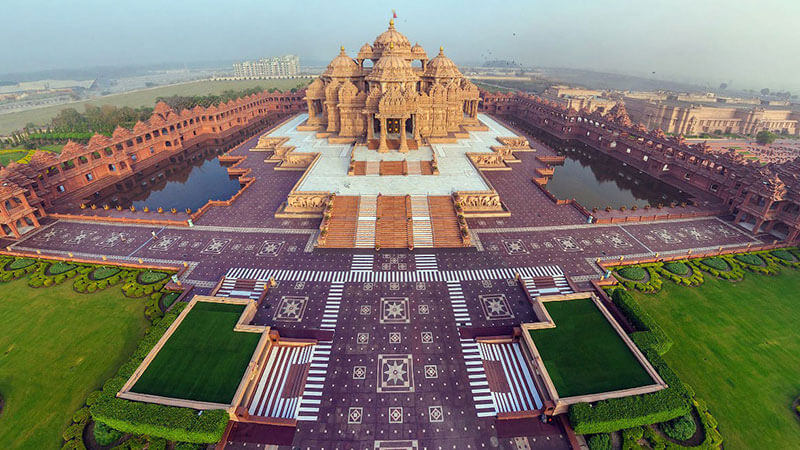
Akshardham Temple
A Modern Spiritual Marvel
Era: Inaugurated in 2005
Patron: Swaminarayan Sanstha (BAPS)
Location: Delhi, New Delhi
A modern masterpiece of architecture and devotion. Built with pink sandstone and white marble, it showcases intricate carvings of deities, flora, fauna, and traditions.
The temple complex includes cultural exhibitions, a musical fountain, and a spiritual boat ride narrating India’s heritage. Despite being new, it has become a global attraction for spirituality and architecture. It beautifully blends tradition with modern presentation.
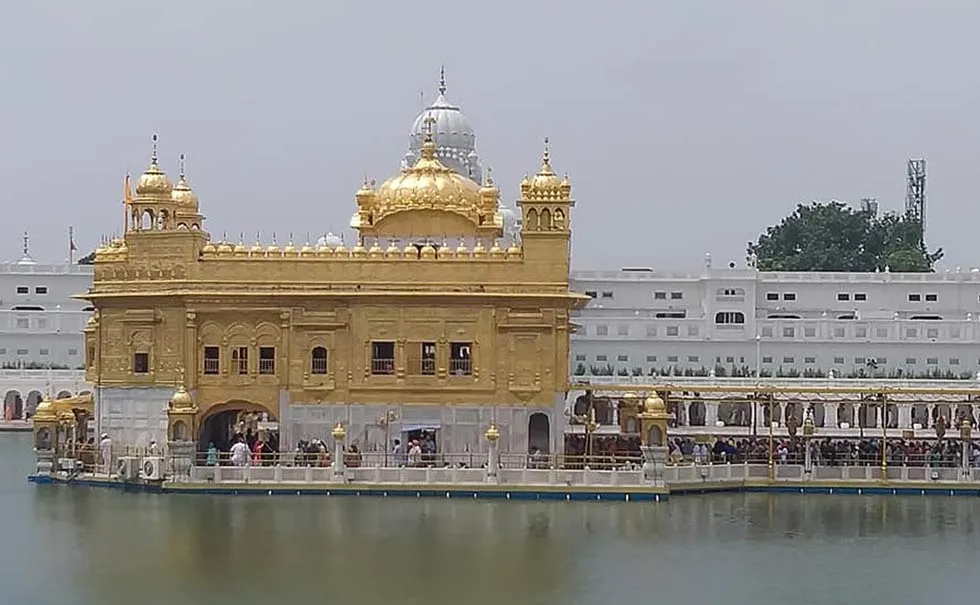
Golden Temple
The Shining Symbol of Sikh Faith
Era: Late 16th century CE
Patron: Guru Arjan Dev; later enriched by Maharaja Ranjit Singh
Location: Punjab, Amritsar
Harmandir Sahib, is the holiest shrine of Sikhism. Surrounded by the Amrit Sarovar (holy pool), its shimmering golden façade reflects peace and spirituality. The temple welcomes people of all faiths, offering free community meals at the Langar, which serves thousands daily. Maharaja Ranjit Singh gilded the upper floors with gold, giving it its iconic look. It symbolizes equality, humility, and divine grace.
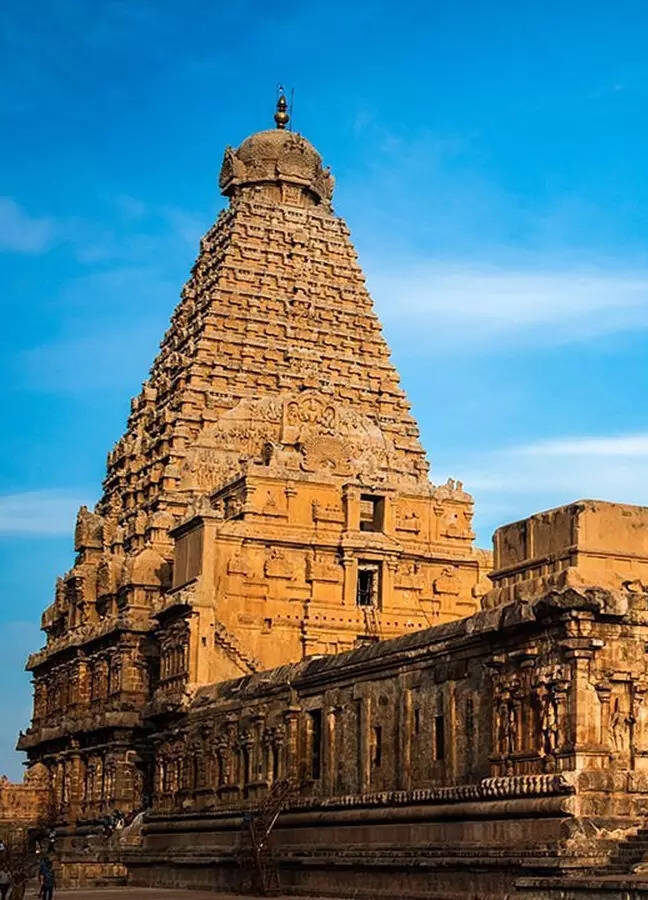
Brihadeeswarar Temple
The Great Chola Marvel
Era: 11th Century CE
Patron: Raja Raja Chola I
Location: Tamil Nadu – Thanjavur
A UNESCO World Heritage Site, this temple is a masterpiece of Dravidian architecture built entirely from granite. Its towering vimana (temple tower) stands over 60 meters, showcasing the engineering brilliance of the Cholas. The temple is dedicated to Lord Shiva and is adorned with intricate frescoes and sculptures. Its grandeur reflects the power and devotion of the Chola dynasty.

Sun Temple
The Chariot of the Sun God
Era: 13th Century CE
Patron: King Narasimhadeva I (Eastern Ganga dynasty)
Location: Odisha – Konark
Designed in the form of a colossal chariot with 24 intricately carved wheels, this UNESCO-listed temple is dedicated to Surya, the Sun God.
Though partially in ruins, it still mesmerizes with its architectural brilliance and stone carvings. It was a major center of cultural and spiritual significance during medieval Odisha.
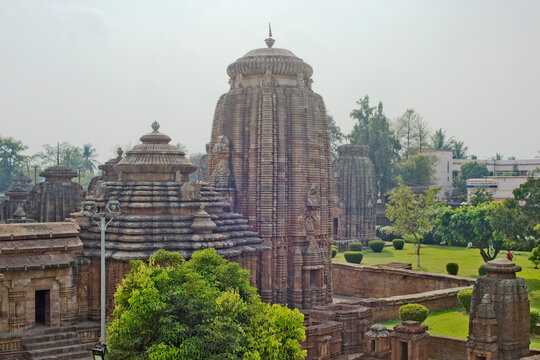
Lingaraj Temple
The Grand Shaivite Shrine
Era: 11th Century CE
Patron: King Yayati Kesari (Somavamsi Dynasty)
Location: Odisha – Bhubaneswar
One of the oldest temples in Bhubaneswar, Lingaraj Temple is dedicated to Lord Shiva in the form of Harihara (a union of Vishnu and Shiva).
The towering spire rises 55 meters high, dominating the city’s skyline. Its Kalinga architecture, massive courtyards, and intricate sculptures make it a must-visit spiritual landmark.
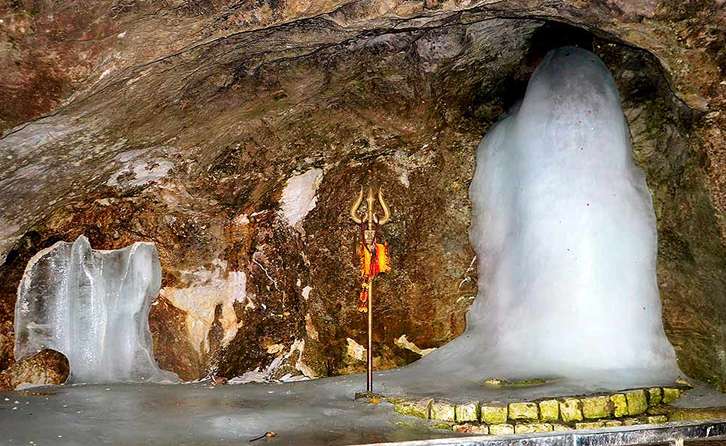
Amarnath Cave Temple
The Ice Lingam of Shiva
Era: Antiquity (references in ancient texts)
Patron: Ancient, revived by various rulers
Location: Jammu & Kashmir – Pahalgam
One of Hinduism’s holiest shrines, famous for its naturally formed ice Shiva Lingam inside a cave. Every year, thousands undertake the Amarnath Yatra, braving challenging terrains to reach this sacred site. The cave is surrounded by snow-clad peaks, enhancing its spiritual aura.
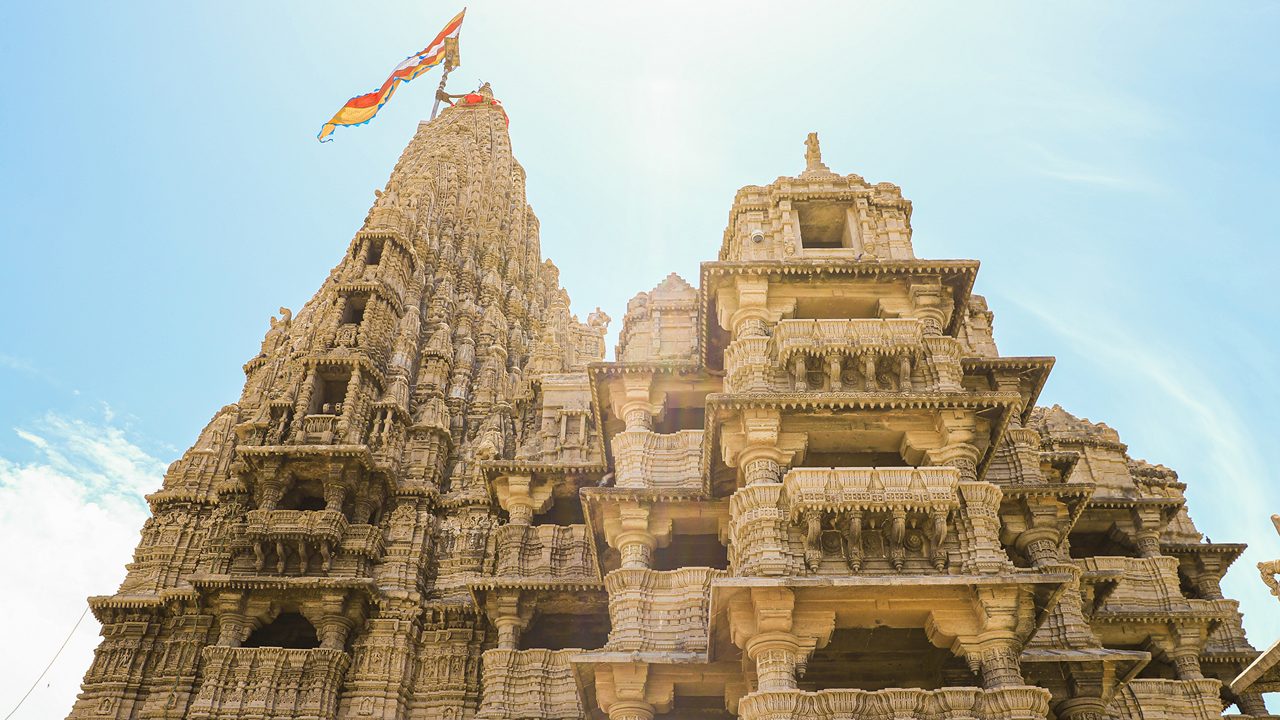
Dwarkadhish Temple
The Kingdom of Lord Krishna
Era: Original antiquity, current structure 15th–16th Century CE
Patron: Believed to be established by Lord Krishna himself; rebuilt by various dynasties
Location: Gujarat – Dwarka
Dedicated to Lord Krishna as the King of Dwarka, this temple is one of the Char Dham pilgrimage sites. Its towering shikhara rises 78 meters, overlooking the Arabian Sea. Pilgrims believe visiting Dwarkadhish grants liberation, as Dwarka is considered Krishna’s eternal kingdom.
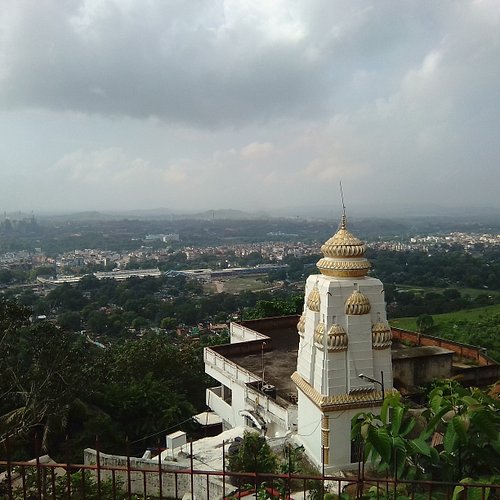
Vaishno Devi Temple
The Mother’s Cave of Blessings
Era: Antiquity; major developments 19th–20th centuries
Patron: Ancient shrine; modern patronage by Dogra rulers & Shri Mata Vaishno Devi Shrine Board
Location: Jammu & Kashmir – Katra (Reasi)
Set in the Trikuta mountains, this cave shrine draws millions who trek (or take ponies/helicopters) to seek the Goddess’s darshan. The sanctum enshrines the three pindis symbolizing Mahakali, Mahalakshmi, and Mahasaraswati.
Pilgrims often chant “Jai Mata Di” along the well-maintained route, dotted with amenities. The yatra blends devotion, discipline, and mountain vistas. Night illuminations and organized queues keep the flow smooth even in peak season. A spiritual high point of North India’s pilgrimages.
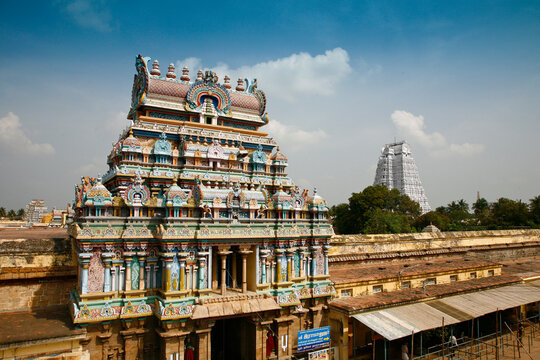
Sri Ranganathaswamy Temple
The Island-Citadel of Vishnu
Era: Core early medieval; expansions 10th–17th centuries
Patron: Early Cholas, Pandyas, Hoysalas, Vijayanagara rulers, Nayaks
Location: Tamil Nadu – Tiruchirappalli (Srirangam)
India’s largest functioning temple complex, Srirangam spans 7 concentric prakaras with monumental gopurams. The reclining Vishnu (Ranganatha) is revered as the first among the 108 Divya Desams.
Processions, Vedic chanting, and seasonal festivals animate its vast courtyards. Dravidian sculpture and inscriptions narrate centuries of patronage. The Rajagopuram, soaring above the Kaveri delta, anchors Trichy’s skyline. A living city of faith and architecture.

Shore Temple
Stone Symphony by the Sea
Era: Late 7th–early 8th century CE
Patron: Pallava king Narasimhavarman II (Rajasimha)
Location: Tamil Nadu – Mamallapuram
Framed by surf and sky, this twin-shrined granite complex celebrates Shiva and Vishnu in austere elegance. Its weathered reliefs and lion-pillared halls embody Pallava artistry. Sunrises bathe the shikhara in gold, while sea breeze lends a timeless aura.
Part of the UNESCO ensemble at Mamallapuram, it once guided mariners along the Coromandel. Careful restoration preserves carvings softened by salt and wind. A coastal poem in stone.
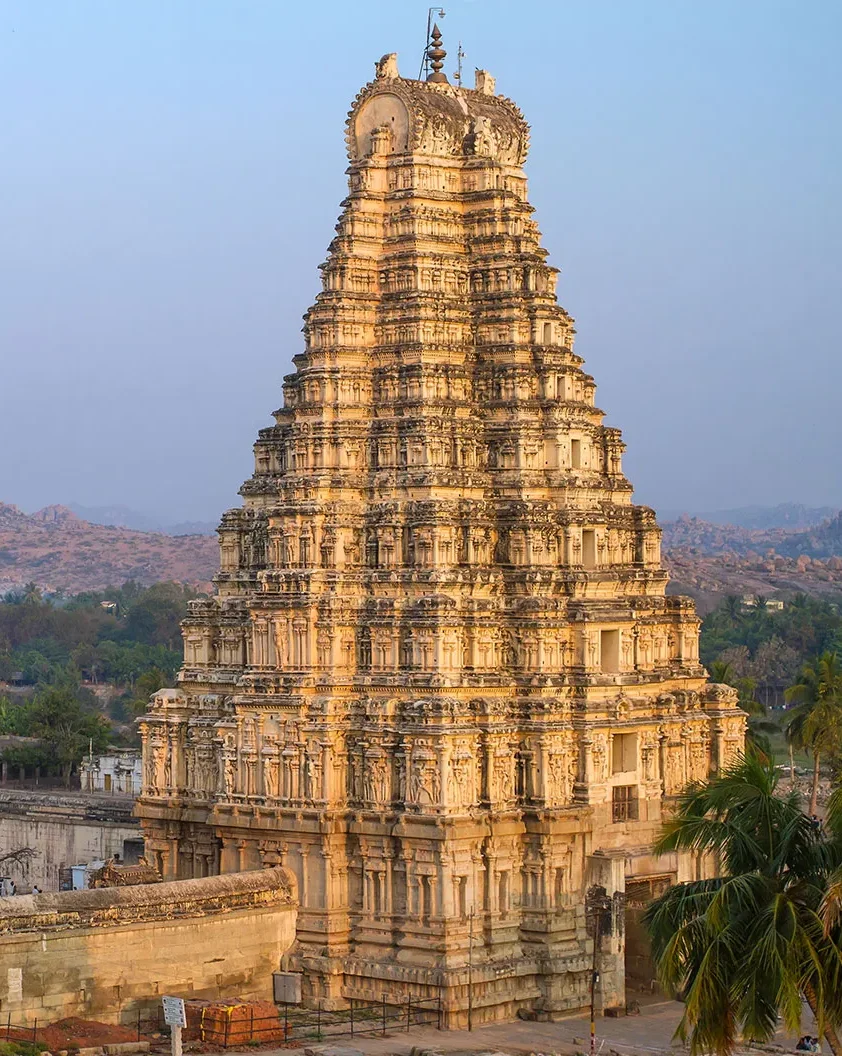
Virupaksha Temple
Sacred Heart of a Lost Empire
Era: Core 7th century; major expansions 14th–16th centuries
Patron: Vijayanagara rulers (notably Deva Raya II) with earlier foundations
Location: Karnataka – Hampi (Vijayanagar)
The 50-meter gopuram heralds Hampi’s sacred axis on the banks of the Tungabhadra. Dedicated to Shiva as Virupaksha, the temple pulses with daily rituals amid the ruins of a once-mighty capital. A pinhole-camera marvel projects the gopuram upside down inside a dark chamber.
Festivals like Phalapuja fill the bazaar street with color and music. Intricate ceilings and pillared halls showcase imperial craft. A living shrine amid UNESCO-listed grandeur.
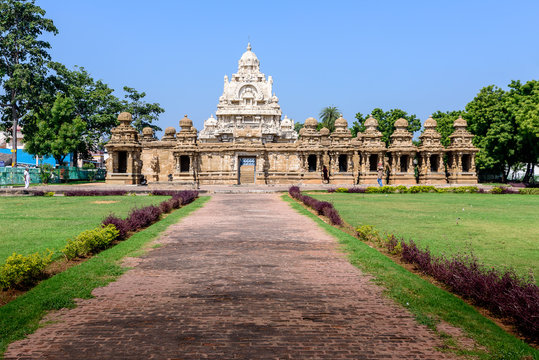
Kailasa Temple
A Mountain Carved into a Miracle
Era: 8th century CE
Patron: Rashtrakuta king Krishna I
Location: Maharashtra – Ellora
Hewn top-down from a single basalt hill, Kailasa is an engineering and artistic tour-de-force. Colossal courtyards, free-standing pillars, and sculpted panels narrate Shaiva lore with breathtaking depth.
Elephants seem to bear the shrine’s weight, while bridges and galleries knit spaces together. The scale rivals any rock-cut monument worldwide. Despite its age, crisp detailing survives in friezes and mandapas. An eternal benchmark for stone craftsmanship.
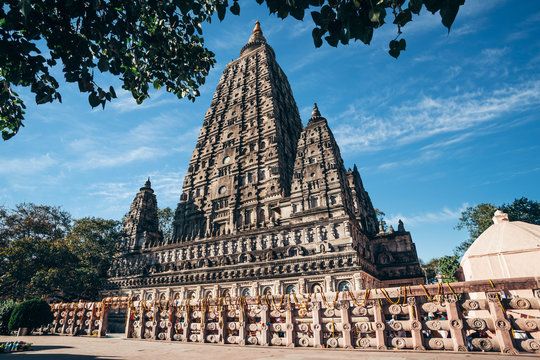
Mahabodhi Temple
Where Enlightenment Blossomed
Era: 3rd century BCE origins; major fabric 5th–6th century CE onwards
Patron: Emperor Ashoka (origins); later Gupta and modern restorations
Location: Bihar – Bodh Gaya
Marking the spot of the Buddha’s enlightenment beneath the Bodhi Tree, this UNESCO site radiates serene universality. The pyramidal shikhara rises above a sanctum alive with prayer flags and quiet meditation. Ashokan rail fragments and Gupta sculptures witness a long continuum of devotion. Pilgrims from across Buddhist traditions circumambulate the Vajrasana.
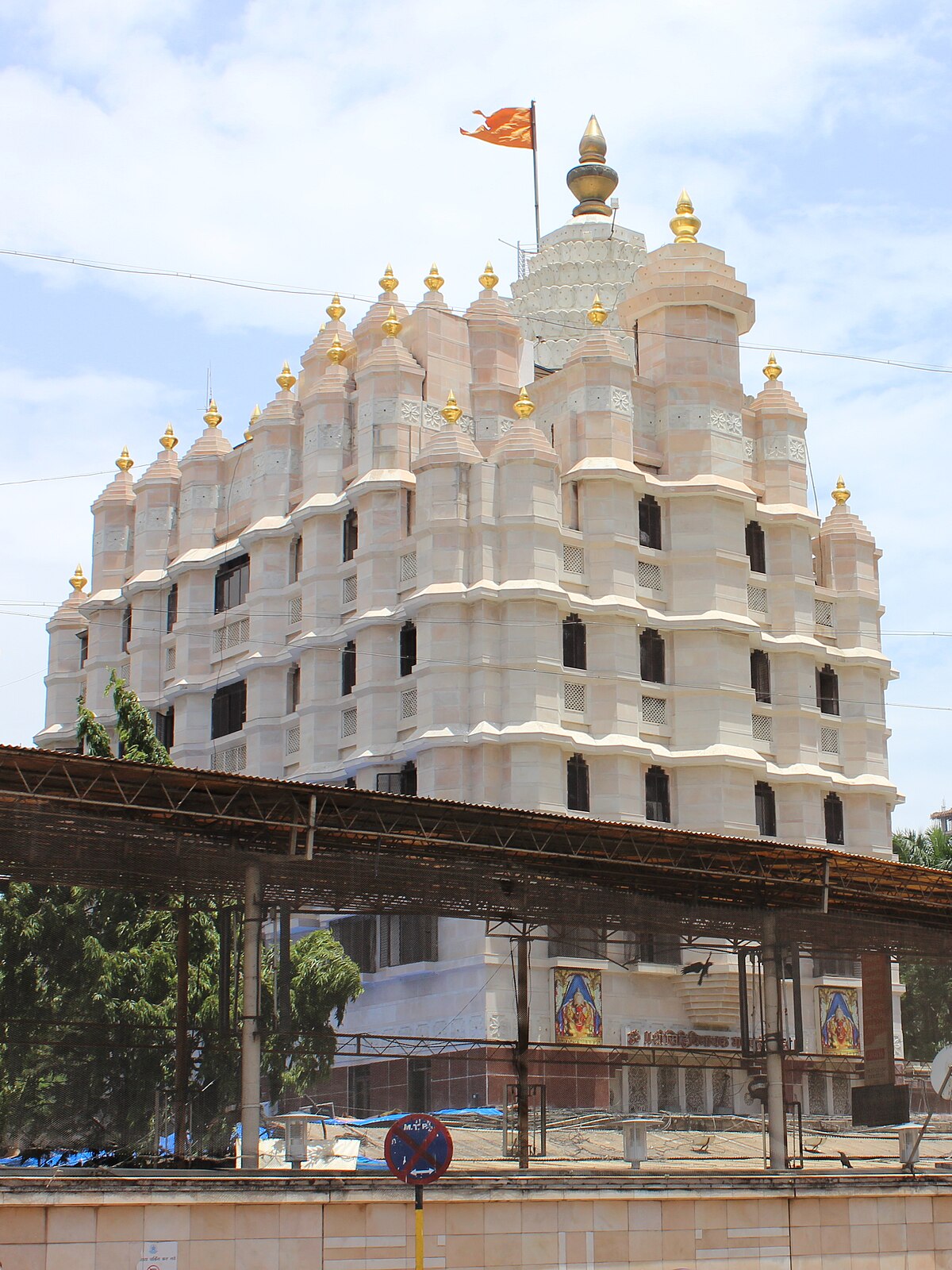
Shree Siddhivinayak Temple
Mumbai’s Beloved Ganpati
Era: 1801 CE; major expansions late 20th–early 21st century
Patron: Deubai Patil & Laxman Vithu Patil
Location: Maharashtra – Mumbai
Home to a self-manifest (svayambhu) Ganesha, the temple draws film stars, business leaders, and common devotees alike. Tuesday darshans see long, orderly queues managed with modern amenities. The sanctum’s gold-plated inner dome and carved wooden doors exude warmth.
Charity, education, and healthcare initiatives extend its impact beyond worship. Festive aartis and Ganesh Chaturthi celebrations animate the neighborhood. A spiritual anchor in India’s financial capital.

Dilwara Jain Temples
Marble Filigree Made Divine
Era: 11th–13th centuries CE
Patron: Vimal Shah (Vimal Vasahi); Vastupal & Tejpal (Luna Vasahi)
Location: Rajasthan – Mount Abu
Renowned for ethereal marble carving, Dilwara’s ceilings, pillars, and domes seem woven rather than chiseled. The Vimal Vasahi honors Adinath; Luna Vasahi venerates Neminath with lace-like detail.
Cool, light-washed halls create a contemplative calm. Every surface—ceilings, doorframes, brackets—bursts with sculpted finery. Strict cleanliness rules preserve the sanctity and sheen. A peerless summit of Jain aesthetic devotion.

